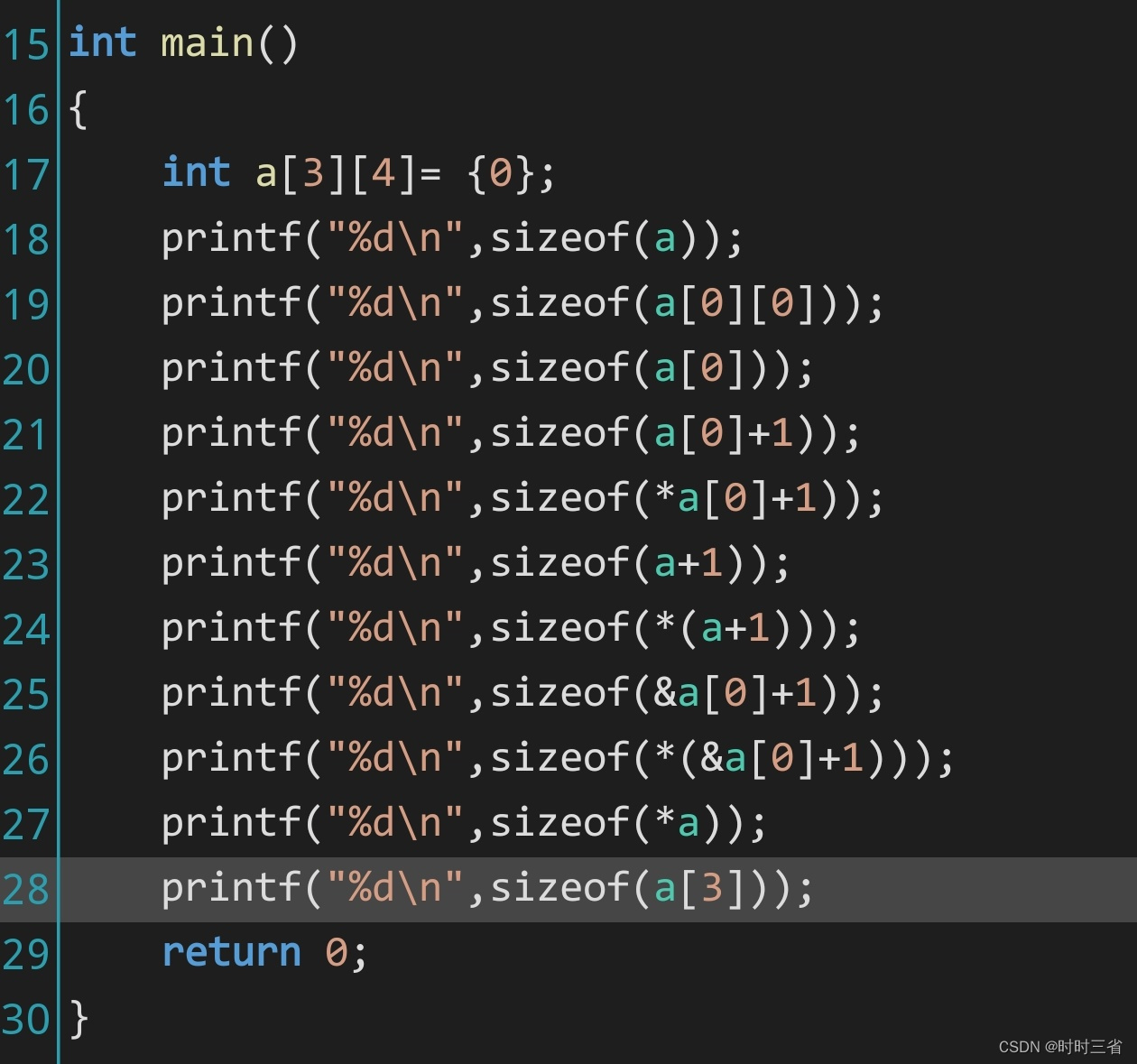想利用java给用户发送短信的话,需要我们与电信、移动、联通三大巨头合作(其实还有广电,但是比较少用),让它帮你发信息,当然直接与它合作显然是不现实的,所以我们要借助第三方的短信平台来替我们发信息。比较有名的短信平台,比如阿里云、腾讯云.....等都可以。短信平台就相当于我们与三大运行商的中介。
1 短信模板
短信模板内容不是随便想写什么就写什么的,每个短信模板都是要由国家工信部进行审核的。
短信模板包含两部分:
- 短信签名:【XXXXX】
- 短信正文:您的注册短信验证码为:1234
下面是腾讯云给的标准:(短信模板标准)
1、短信签名
签名内容不能含有黄赌毒、宗教和党政等信息。
签名必须能辨别所属公司或个人或者业务信息,不支持中性化签名。例如:xx工作日记、xx的心情、xx语言开发、xx业务测试、xx学习教程、xx个人日记等。即使所申请签名内容与支持的签名类型的名称相同但为中性,亦不支持。
国内短信签名由【】和签名内容组成,格式为【签名内容】。签名内容要求长度为2 - 12个字,由中英文、数字组成,内容不包含【】。 建议国内短信签名内容尽量使用中文。
国际/港澳台短信签名由[]和签名内容组成,格式为[签名内容]。签名内容要求2 - 15个字,内容不包含[]。
2、短信正文

还有很多细节,大家可以按需自行翻阅文档。
2 开发思路
参考文章:dogbin丶

发送短信是一个比较慢的过程,因为需要用到第三方服务(阿里云短信服务),因此我们使用RabbitMq来做异步处理,前端点击获取验证码后,后端做完校验限流后直接返回发送成功。
发送短信的服务是需要收费的,而且我们也不允许用户恶意刷接口,所以需要有一个接口限流方案。
3 具体实现
至于RabbitMq怎么用,我这边就不再讲解了,因为这部分内容也挺多的,当然不用rabbitmq这类中间件,也完全可以实现短信开发功能,但是不推荐哦,因为这可能导致用户体验不好。(大伙如果不会可以先学学,因为其实RabbitMq用处还是挺多的)。
maven依赖
<dependency>
<groupId>org.springframework.boot</groupId>
<artifactId>spring-boot-starter-amqp</artifactId>
</dependency>
<dependency>
<groupId>org.springframework.boot</groupId>
<artifactId>spring-boot-starter-data-redis</artifactId>
</dependency>
<dependency>
<groupId>com.aliyun</groupId>
<artifactId>dysmsapi20170525</artifactId>
<version>3.0.0</version>
</dependency>
1、接收短信请求的接口
@RestController
@RequestMapping("/user")
public class UserController {
@Autowired
private RedisUtil redisUtil;
@Autowired
private RabbitTemplate rabbitTemplate;
@GetMapping("/getCode")
public String getCode(String phone){
String regex="^(13[0-9]|14[01456879]|15[0-35-9]|16[2567]|17[0-8]|18[0-9]|19[0-35-9])\\d{8}$";
//判断手机号是否合法
if(Pattern.matches(regex,phone)){
//判断该手机号一分钟内是否重复提交申请,请求记录保存在redis里面
String key="SMS::request"+phone;
//为空说明一分钟内没有请求
if(redisUtil.getCacheObject(key)==null){
//将请求记录保存在redisz中,redisUtil是一个工具类
redisUtil.setCacheObject(key,"",60, TimeUnit.SECONDS);
//交换机名
String exchange="user.exchange";
//发送到rabbit交换机中
rabbitTemplate.convertAndSend(exchange,"",phone);
return "验证码已发送";
}else {
return "一分钟内已申请过验证码,请稍后再申请";
}
}else {
System.out.println("手机号格式不正确!");
return "手机号格式不正确!";
}
}
}最终将短信放到rabbit里面等待处理。
user.exchange是一个rabbitmq的交换机

2 rabbit接收发送短信请求
@Component
public class PhoneCodeController {
@Autowired
private SMSUtils smsUtils;
@RabbitListener(queues = "phoneCode")
public void getCode(String phone){
try {
//随机生成4位数字验证码
String code = (int)((Math.random()*9+1)*1000)+"";
//发送验证码
smsUtils.sendMessage(phone, "阿里云短信测试", "SMS_154950909", code);
} catch (Exception e) {
throw new RuntimeException(e);
}
}
}@RabbitListener(queues = "phoneCode")监听交换机,发送给队列的信息

注意队列和交换机关系要绑定好。(不知道怎么绑定的,可以先学一下rabbitmq)
3 发送短信的工具类
@Component
public class SMSUtils {
@Autowired
private RedisUtil redisUtil;
/**
* 阿里云登录id
*/
private final static String ACCESS_KEY_ID = "。。。。。。。。";
/**
* 阿里云登录密码
*/
private final static String ACCESS_KEY_SECRET = "。。。。。。。。。";
/**
* 初始化登录阿里云的Client
*
* @param accessKeyId
* @param accessKeySecret
* @return Client
*/
public static com.aliyun.dysmsapi20170525.Client createClient(String accessKeyId, String accessKeySecret) throws Exception {
com.aliyun.teaopenapi.models.Config config = new com.aliyun.teaopenapi.models.Config()
.setAccessKeyId(accessKeyId)
.setAccessKeySecret(accessKeySecret);
// 可指定登录的服务器地址,可参考 https://api.aliyun.com/product/Dysmsapi
config.endpoint = "dysmsapi.aliyuncs.com";
return new com.aliyun.dysmsapi20170525.Client(config);
}
/**
* 发送短信方法
* @param phoneNumbers 手机号
* @param signName 签名
* @param templateCode 模板编号
* @param code 模板参数
* @throws Exception
*/
public void sendMessage(String phoneNumbers, String signName, String templateCode, String code) throws Exception {
System.out.println(11);
//hashmap转化位json
HashMap<String, String> map = new HashMap<>();
map.put("code", code);
String jsonCode = JSONUtil.toJsonStr(map);
com.aliyun.dysmsapi20170525.Client client = SMSUtils.createClient(ACCESS_KEY_ID, ACCESS_KEY_SECRET);
com.aliyun.dysmsapi20170525.models.SendSmsRequest sendSmsRequest = new com.aliyun.dysmsapi20170525.models.SendSmsRequest()
.setPhoneNumbers(phoneNumbers)
.setSignName(signName)
.setTemplateCode(templateCode)
.setTemplateParam(jsonCode);
SendSmsResponse sendSmsResponse = client.sendSmsWithOptions(sendSmsRequest, new RuntimeOptions());
if(sendSmsResponse.getBody().code.equals("OK")){
System.out.println("短信发送成功");
//短信验证码存储在redis,五分钟过期
redisUtil.setCacheObject("phone::code"+phoneNumbers,code,5,TimeUnit.MINUTES);
}else {
System.out.println(sendSmsResponse.getBody().message);
System.out.println("短信发送失败");
}
}
}ACCESS_KEY_ID和ACCESS_KEY_SECRET需要更换为自己的哦,获取方式如下

点击创建

4 还有一些工具类如下
package org.example.common.config;
import org.springframework.beans.factory.annotation.Autowired;
import org.springframework.data.redis.core.BoundSetOperations;
import org.springframework.data.redis.core.HashOperations;
import org.springframework.data.redis.core.RedisTemplate;
import org.springframework.data.redis.core.ValueOperations;
import org.springframework.stereotype.Component;
import java.util.*;
import java.util.concurrent.TimeUnit;
/**
* spring redis 工具类
*
* @author ruoyi
**/
@SuppressWarnings(value = {"unchecked", "rawtypes"})
@Component
public class RedisUtil {
@Autowired
public RedisTemplate redisTemplate;
/**
* 缓存基本的对象,Integer、String、实体类等
*
* @param key 缓存的键值
* @param value 缓存的值
*/
public <T> void setCacheObject(final String key, final T value) {
redisTemplate.opsForValue().set(key, value);
}
/**
* 缓存基本的对象,Integer、String、实体类等
*
* @param key 缓存的键值
* @param value 缓存的值
* @param timeout 时间
* @param timeUnit 时间颗粒度
*/
public <T> void setCacheObject(final String key, final T value, final Integer timeout, final TimeUnit timeUnit) {
redisTemplate.opsForValue().set(key, value, timeout, timeUnit);
}
/**
* 设置有效时间
*
* @param key Redis键
* @param timeout 超时时间
* @return true=设置成功;false=设置失败
*/
public boolean expire(final String key, final long timeout) {
return expire(key, timeout, TimeUnit.SECONDS);
}
/**
* 设置有效时间
*
* @param key Redis键
* @param timeout 超时时间
* @param unit 时间单位
* @return true=设置成功;false=设置失败
*/
public boolean expire(final String key, final long timeout, final TimeUnit unit) {
return redisTemplate.expire(key, timeout, unit);
}
/**
* 获得缓存的基本对象。
*
* @param key 缓存键值
* @return 缓存键值对应的数据
*/
public <T> T getCacheObject(final String key) {
ValueOperations<String, T> operation = redisTemplate.opsForValue();
return operation.get(key);
}
/**
* 删除单个对象
*
* @param key
*/
public boolean deleteObject(final String key) {
return redisTemplate.delete(key);
}
/**
* 删除集合对象
*
* @param collection 多个对象
* @return
*/
public long deleteObject(final Collection collection) {
return redisTemplate.delete(collection);
}
/**
* 缓存List数据
*
* @param key 缓存的键值
* @param dataList 待缓存的List数据
* @return 缓存的对象
*/
public <T> long setCacheList(final String key, final List<T> dataList) {
Long count = redisTemplate.opsForList().rightPushAll(key, dataList);
return count == null ? 0 : count;
}
/**
* 获得缓存的list对象
*
* @param key 缓存的键值
* @return 缓存键值对应的数据
*/
public <T> List<T> getCacheList(final String key) {
return redisTemplate.opsForList().range(key, 0, -1);
}
/**
* 缓存Set
*
* @param key 缓存键值
* @param dataSet 缓存的数据
* @return 缓存数据的对象
*/
public <T> BoundSetOperations<String, T> setCacheSet(final String key, final Set<T> dataSet) {
BoundSetOperations<String, T> setOperation = redisTemplate.boundSetOps(key);
Iterator<T> it = dataSet.iterator();
while (it.hasNext()) {
setOperation.add(it.next());
}
return setOperation;
}
/**
* 获得缓存的set
*
* @param key
* @return
*/
public <T> Set<T> getCacheSet(final String key) {
return redisTemplate.opsForSet().members(key);
}
/**
* 缓存Map
*
* @param key
* @param dataMap
*/
public <T> void setCacheMap(final String key, final Map<String, T> dataMap) {
if (dataMap != null) {
redisTemplate.opsForHash().putAll(key, dataMap);
}
}
/**
* 获得缓存的Map
*
* @param key
* @return
*/
public <T> Map<String, T> getCacheMap(final String key) {
return redisTemplate.opsForHash().entries(key);
}
/**
* 往Hash中存入数据
*
* @param key Redis键
* @param hKey Hash键
* @param value 值
*/
public <T> void setCacheMapValue(final String key, final String hKey, final T value) {
redisTemplate.opsForHash().put(key, hKey, value);
}
/**
* 获取Hash中的数据
*
* @param key Redis键
* @param hKey Hash键
* @return Hash中的对象
*/
public <T> T getCacheMapValue(final String key, final String hKey) {
HashOperations<String, String, T> opsForHash = redisTemplate.opsForHash();
return opsForHash.get(key, hKey);
}
/**
* 删除Hash中的数据
*
* @param key
* @param hKey
*/
public void delCacheMapValue(final String key, final String hKey) {
HashOperations hashOperations = redisTemplate.opsForHash();
hashOperations.delete(key, hKey);
}
/**
* 获取多个Hash中的数据
*
* @param key Redis键
* @param hKeys Hash键集合
* @return Hash对象集合
*/
public <T> List<T> getMultiCacheMapValue(final String key, final Collection<Object> hKeys) {
return redisTemplate.opsForHash().multiGet(key, hKeys);
}
/**
* 获得缓存的基本对象列表
*
* @param pattern 字符串前缀
* @return 对象列表
*/
public Collection<String> keys(final String pattern) {
return redisTemplate.keys(pattern);
}
}5 application.yml
server:
port: 9005
spring:
application:
name: my-consumer
rabbitmq:
host: 47.122.62.29 # 你的虚拟机IP
port: 5672 # 端口
virtual-host: / # 虚拟主机
username: lsw # 用户名
password: 123456 # 密码


















